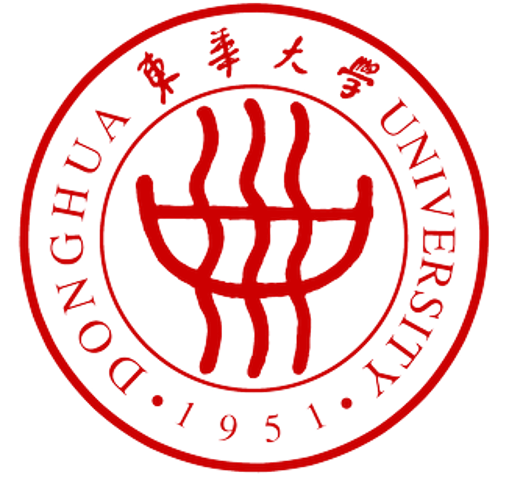Water-Activated Self-Adhesion in Ultrastrong Hydrogel Microfibers for Smart Capturing
Citation
Zhen Liu, Shengtong Sun*, and Peiyi Wu*. Water-Activated Self-Adhesion in Ultrastrong Hydrogel Microfibers for Smart Capturing. CCS Chem. 2025, 7, ASAP.
Abatract
Spiders and velvet worms produce strong yet sticky silks, often utilizing water for prey capture. Integrating mechanical strength and self-adhesion into artificial hydrogel fibers is equally important for smart capturing applications in miniature soft robotics. However, achieving both properties in a single material remains challenging due to the nearly contradictory network design requirements. Here, we present an ultrastrong, phase-separated copolymer hydrogel microfiber exhibiting water-activated self-adhesion. Continuously produced via pultrusion spinning, this microfiber features a hierarchical structure comprising nanoconfined hydrogen-bonded clusters embedded within a hygroscopic zwitterionic matrix. Under ambient conditions, the microfiber is strong and tough, with an ultrahigh Young’s modulus of 1.3 GPa and a fracture energy of 228.5 kJ m−2. Hydration disrupts the physical crosslinking, softening the fiber and releasing mobile dangling chains, which enables instant self-adhesion and results in a remarkable cured interfacial toughness of 1689 J m−2. This dynamically switchable, water-mediated adhesion establishes a new paradigm for designing high-performance adhesive fibrous materials.


